Horse Chestnut Laundry Detergent | Zero Waste Cleaning
Ready to go foraging for your own laundry detergent? This horse chestnut laundry detergent is your ultimate zero waste cleaning choice: 0% carbon emissions, 0% packaging, 0% money wasted, and 100% modern day hippy!
— Permacrafters gets commissions for purchases made through links in this post. We encourage you to prioritize secondhand goods whenever possible. —
If you’re familiar with Permacrafters, you’ll know that we love cleaning consciously. We firmly believe that everyone should have access to cleaning products that aren’t ridden with carcinogens, hormone disrupters and neurotoxins. We also strongly believe that folks should be able to access these safe cleaning products without breaking the bank. That’s why we love finding zero waste cleaning recipes that are affordable and accessible to everyone.
One of our favorite activities is making local, package-free, zero carbon, zero waste cleaning products. We get a kick out of foraging for English Ivy to make laundry detergent, or collecting wood ash to make laundry cleaner, for example. Given our track record, it should come to no surprise that this Autumn, we got pretty enthusiastic when the first horse chestnuts fell to the ground in our neighborhood. Out of all the plant-based laundry cleaners that we use, horse chestnuts are our absolute favorite because they are long-lasting (just like soap nuts)! You simply have to make a big enough batch to last the entire year.
What’s special about horse chestnuts?
Horse chestnuts that cover sidewalks and city streets in the late summer and early fall are high in saponin, which is a natural detergent and foaming substance. Saponin is a surfactant that’s effective at lifting grease, dirt, and grime from clothing. The higher the saponin content in a plant, the more effective that plant will be at cleaning. In order to release the saponin from the chestnuts, it takes some work, however! But the process is well worth it since the resulting laundry powder is shelf-stable and long-lasting.
3-Day Green Cleaning Challenge

Join our FREE 3 day green cleaning challenge to make your own DIY products. Start your journey to a healthier home & planet!
Finding horse chestnuts
Horse chestnuts originate from South East Europe, but they can be found across much of Europe, as well as in many cities in the United States and Canada. If you aren’t sure where to find horse chestnuts near you, write your local botanical garden or foraging experts for tips. I recently moved to Basel, and after a quick email to the botanical gardens here, I discovered many city streets were covered in these horse chestnut trees. Of course, you’ll have to wait until late summer or early fall to find your first horse chestnuts. In my case this year, the first horse chestnuts began falling the second week of September (- that’s still summer, y’all!!). My Permacrafters partner Cristina, on the other hand, had trouble getting her hands on some in Durham, North Carolina. So, not all US cities will readily have them. But that’s why you can turn to our guide to cleaning with 10 saponin-rich plants to find out what does grow near you (see below)!
Identifying horse chestnuts
Horse chestnuts are large, glossy, and smooth brown nuts with a light spot on them. The tree’s leaves are palmate, which means they have leaflets that all radiate from one point at the center, arranged like spokes on a wheel. There are 5-7 leaflets per leaf. These horse chestnuts (Aesculus hippocastanum) should not be confused with sweet chestnuts (Castanea sativa), which come from a different family. Unlike sweet chestnuts, horse chestnuts are not edible – in fact, they are toxic when consumed! It’s quite simple to tell the two nuts apart. A sweet chestnut will have a very spiny husk that is very sharp. A horse chestnut, on the other hand, has a husk with much fewer spines, and the spines aren’t quite so sharp to the touch. The shape of the nut is also a good way to identify them. Sweet chestnuts have a pointy tip at the end of the nut, whereas horse chestnuts are completely smooth.
Horse chestnut toxicity
You may have heard of school kids in England ‘playing conkers’ by throwing horse chestnuts at each other. Other than the welts that may result in playing that game, simply touching horse chestnuts is considered safe.
Horse chestnuts, however, are toxic and should never be consumed. One more time: DO NOT CONSUME HORSE CHESTNUTS – THEY ARE TOXIC. The esculin and saponin present in the horse chestnuts render them toxic to humans and animals. The horse chestnut laundry powder that you make should be stored away from children and from pets to avoid any accidental ingestion. If ingested, it could cause tremors, vomiting, diarrhea, or worse.
The other safety precaution you’ll want to take is to thoroughly wash any kitchen item or surface that came into contact with your horse chestnuts when preparing them.
Making horse chestnut laundry detergent
What attracted us the most to horse chestnuts (among the many other saponin-rich plants!) was how durable the final product is: easy to dehydrate and make as necessary throughout the year. Depending on the plant you are working with, there can be a number of ways to extract the saponin, and figuring out the best way forward can be tricky. For that reason, I would like to thank the following individuals for paving the way: Angela Zahas for her wonderful Chestnut Laundry Soap post on Zero Waste Chef’s website, and Shia Su from Wasteland Rebel for her helpful FAQ on horse chestnuts as an all-natural laundry detergent. (If you don’t follow these amazing women on Instagram, please do!)
Materials:
- Horse chestnuts (Aesculus hippocastanum), about 4-5kg (10-11lbs.) – ALWAYS BE 100% CERTAIN OF YOUR PLANT IDENTIFICATION
- Large foraging basket or bag
- Hammer and kitchen towel (OR kitchen knife and cutting board)
- High-power blender (I find these actually work much better than a food processor)
- Large glass jar
- Labeling utensils (i.e. sharpie)
- Nut milk bag or reusable straining cloth reserved to horse chestnuts use only
- 2 smaller glass jars
- Measuring cup
- Cookie sheets
Preparation Time: 1-2 days (time to forage and dehydrate)
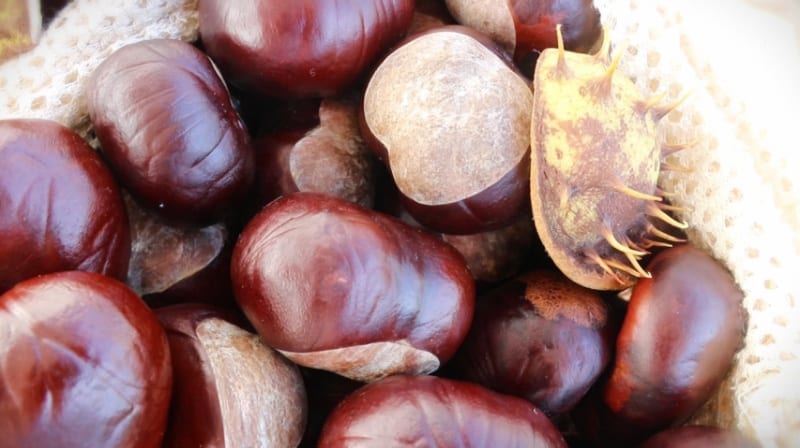
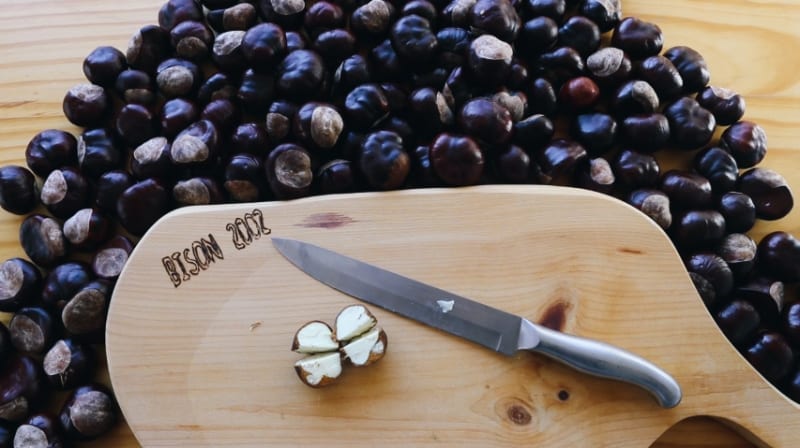
Step 1: Making the horse chestnut powder:
- Go foraging for horse chestnuts in the late summer or early autumn.
- Wrap a handful of horse chestnuts in your kitchen towel, and whack them hard with a hammer to break them into smaller pieces. Transfer the chunks to your blender. Alternatively, cut into large chunks with a kitchen knife on your cutting board. Repeat with all nuts.
- Grind finely in a high-power blender.
- Place the powder on a cookie sheet and dehydrate either on your car dashboard on a sunny day, in the sun on a hot day, on in your oven on the lowest heat setting. Duration will vary, but count for at least one full day in the sun or 8 hours in the oven. Keep out of children’s reach and pet’s reach!
- Transfer horse chestnut powder to a large sealed jar and label it. Store it safely out of the reach of children and pets. This jar of powder will keep indefinitely.
- Thoroughly clean all utensils, appliances, containers, and surfaces that came in contact with the horse chestnuts.
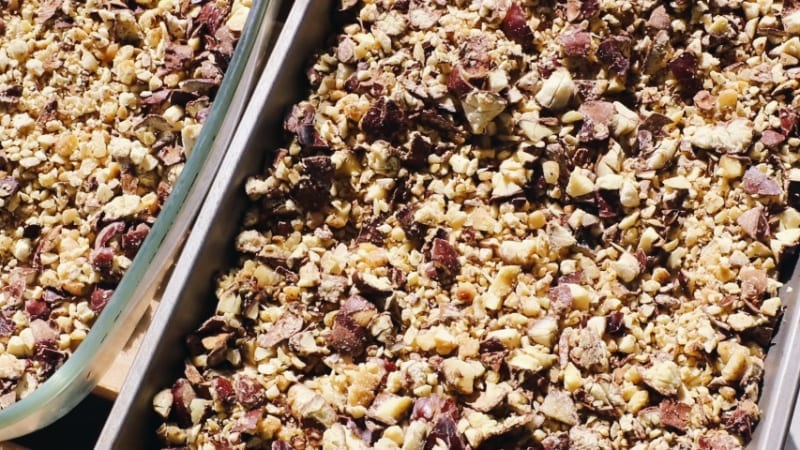
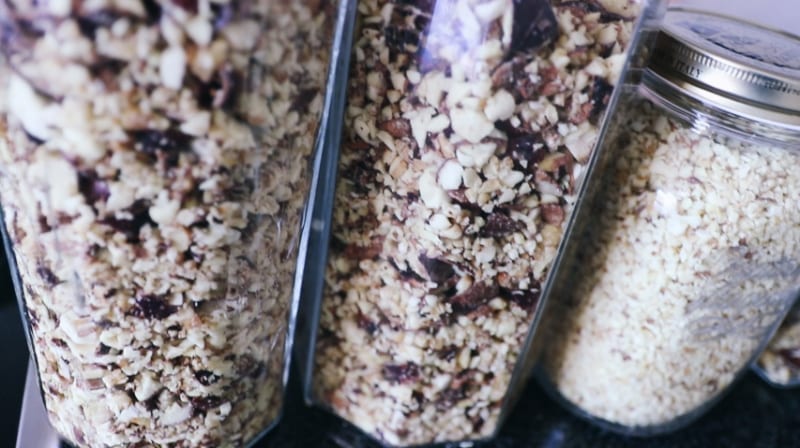
Step 2: Making the horse chestnut laundry detergent (enough for 2 loads in 1 week):
- At least 30 minutes prior to starting your laundry, mix 3.5 tbsp. (or ¼ cup) of the powder in a jar and add 2/3 cup of hot water. (The ratio being 1:2 in volume.) Let the chestnut pieces leech out their saponin during this time.
- Strain the resulting liquid into a second glass jar. This milky and foamy liquid is your horse chestnut laundry detergent. You’ll have about ⅔ cup. Use immediately or store in fridge for up to a week.
- Use about 1/3 cup per laundry load. (You’ll have another ⅓ cup left over for one more load. Remember to use the liquid within a week. If you do more than 2 loads of laundry every week, make larger volumes of detergent at once.)
- Thoroughly clean all utensils, appliances, containers, and surfaces that came in contact with the horse chestnuts.
- Repeat these steps whenever you need to clean laundry.
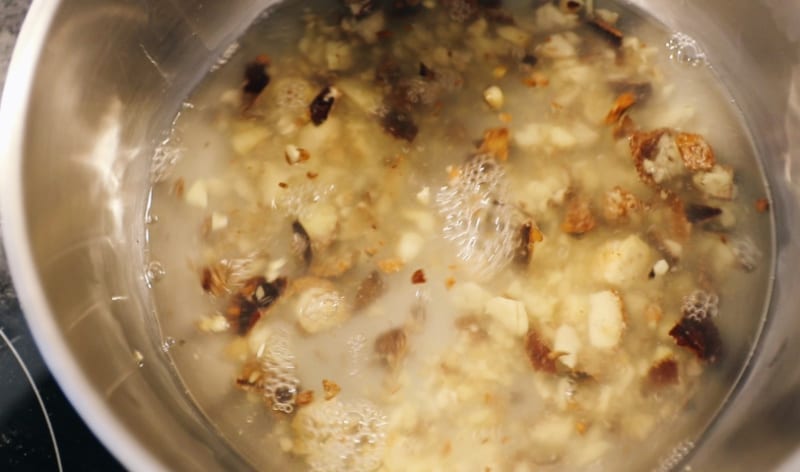
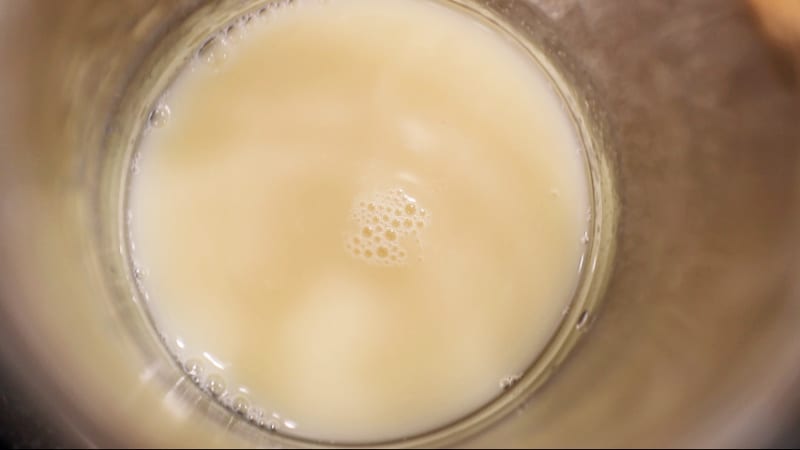
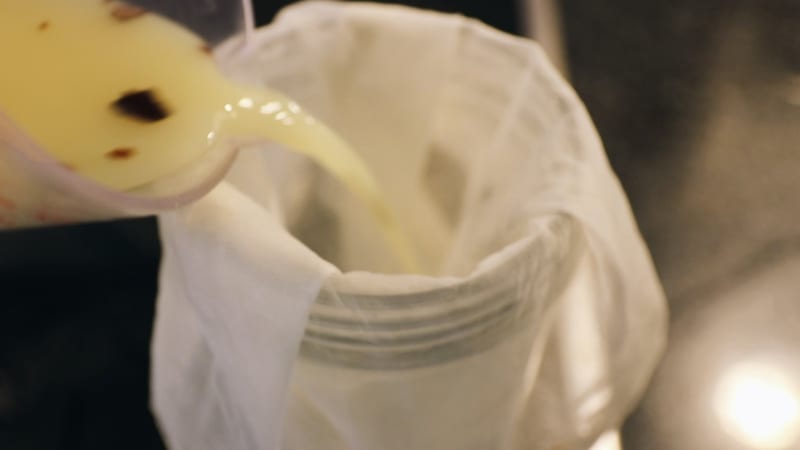
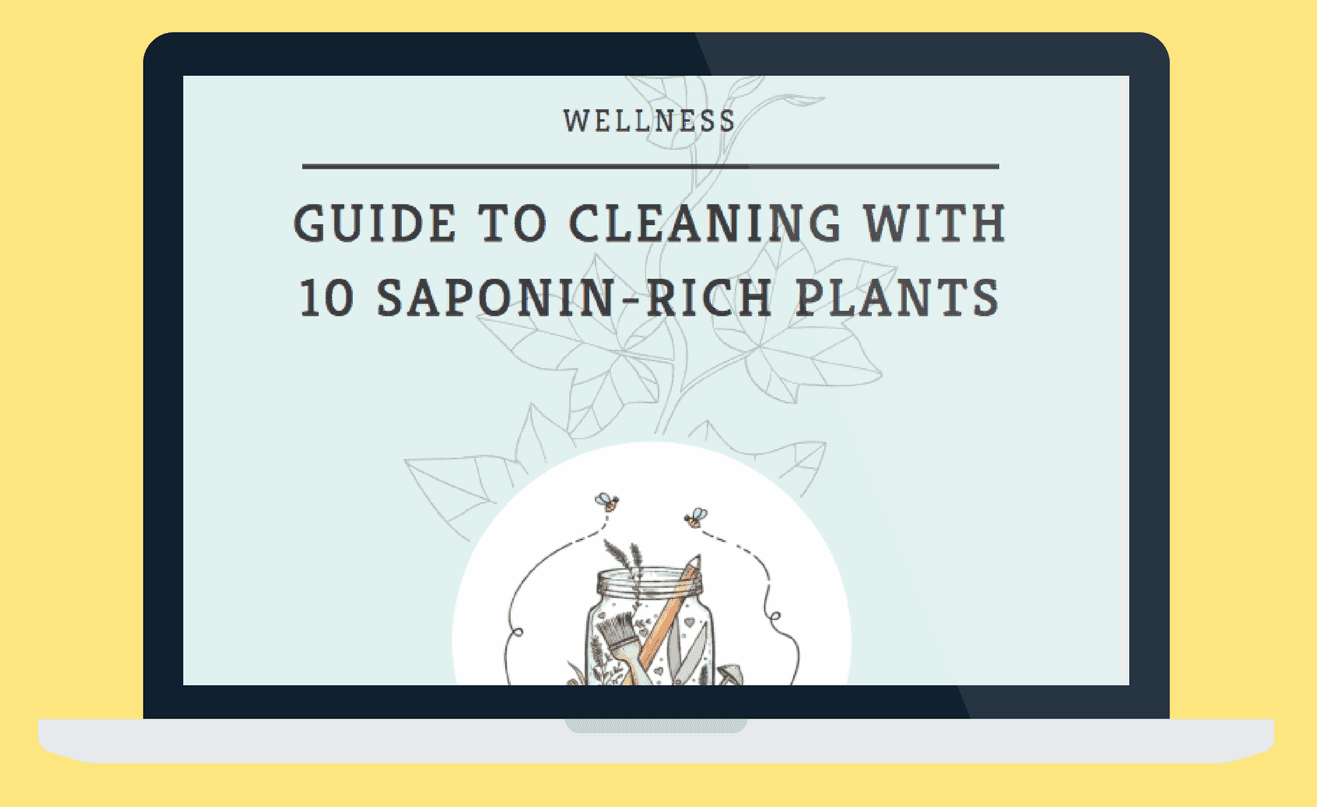
Thirsty to discover what other plants you can forage for or grow to make natural laundry detergent?
Download your FREE guide to 10 saponin-rich plants for cleaning! Some of them may grow right in your garden!
As with any plant-based cleaner, this zero waste cleaning product is not meant for your baby’s cloth diapers or clothes that are completely filthy and stained. If you’re washing whites, add sodium percarbonate to the mix!
Did you love getting out into nature and learning about what gifts the local plants have to offer you? We hope you’ll give this zero waste cleaning recipe a try! Let us know how your experience goes in the comments below!
If you prefer buying saponin-rich plants instead of foraging for them, check out our post on how to use soap nuts for green cleaning and natural skin care.
If you loved this horse chestnut laundry detergent recipe, you’ll adore our Conscious Cleaning 101 class that is jam-packed with this sort of resourceful zero waste cleaning information. If it’s zero waste living that you want to learn more about, check out our Intro to Zero Waste Living class and share it with your friends.
Happy foraging, y’all!
Christelle
By commenting you accept our Privacy Policy.
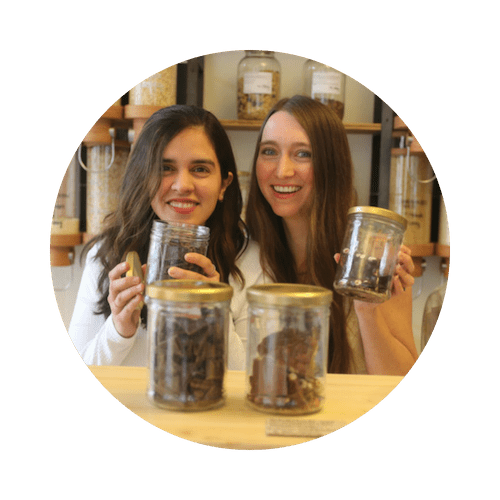
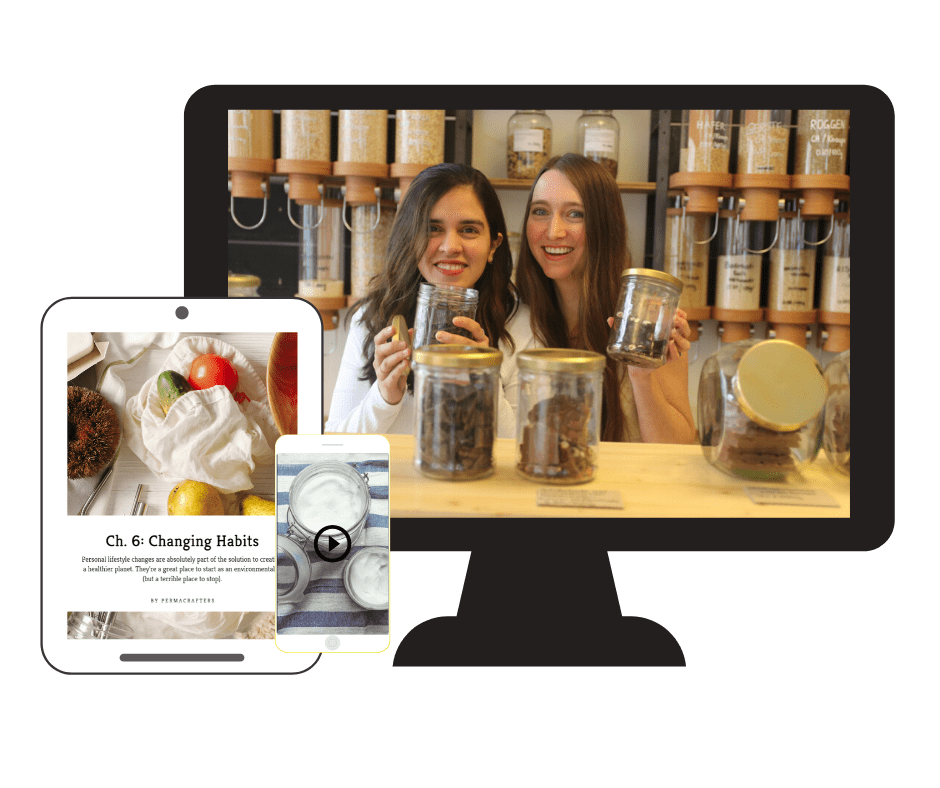
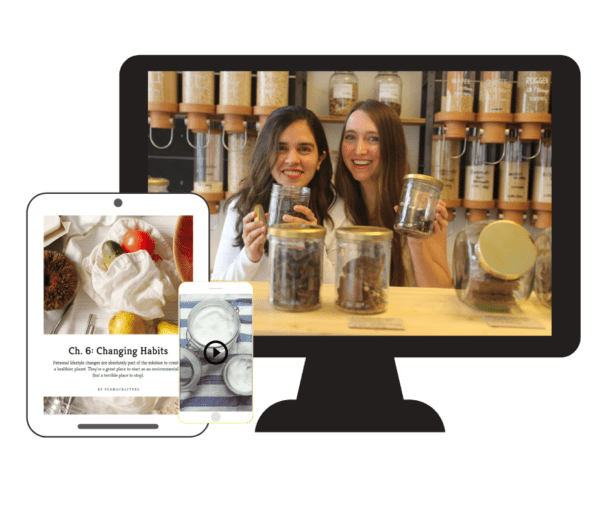
0 Comments
Trackbacks/Pingbacks